From sailing the Straits of Malacca as a member of crew on a catamaran, to living off-grid in a cabin in upstate New York, Globetrender reporter Erica Jamieson shares a first-hand account of her life as a digital nomad, and the challenges she’s faced as a consequence of the Covid-19 outbreak.
Over the last 18 months, I have made the transition from working full time in an office to life as a digital nomad, supporting myself through freelance work and contract writing.
Though travel is currently on hold due to Covid-19, working remotely while on the road has taken me across seven countries and three continents in the last year, and kept my finances buoyant during turbulent times.
My partner and I quit our jobs and packed up our life in Denver, Colorado, in August 2019. Though I’m from a small town on the north Norfolk coast, I moved to the US for university, and have remained ever since.
We both worked in the non-profit sector – me as a programme coordinator in disability services, and my partner in youth mental health. We found our work meaningful, but were looking for more adventure, flexibility in our schedules, and to escape the limits of ten days annual leave.
After visiting family in New York and Norfolk, following a brief pause while my partner had a last-minute knee operation, we finally set off for India in November 2019. No return ticket.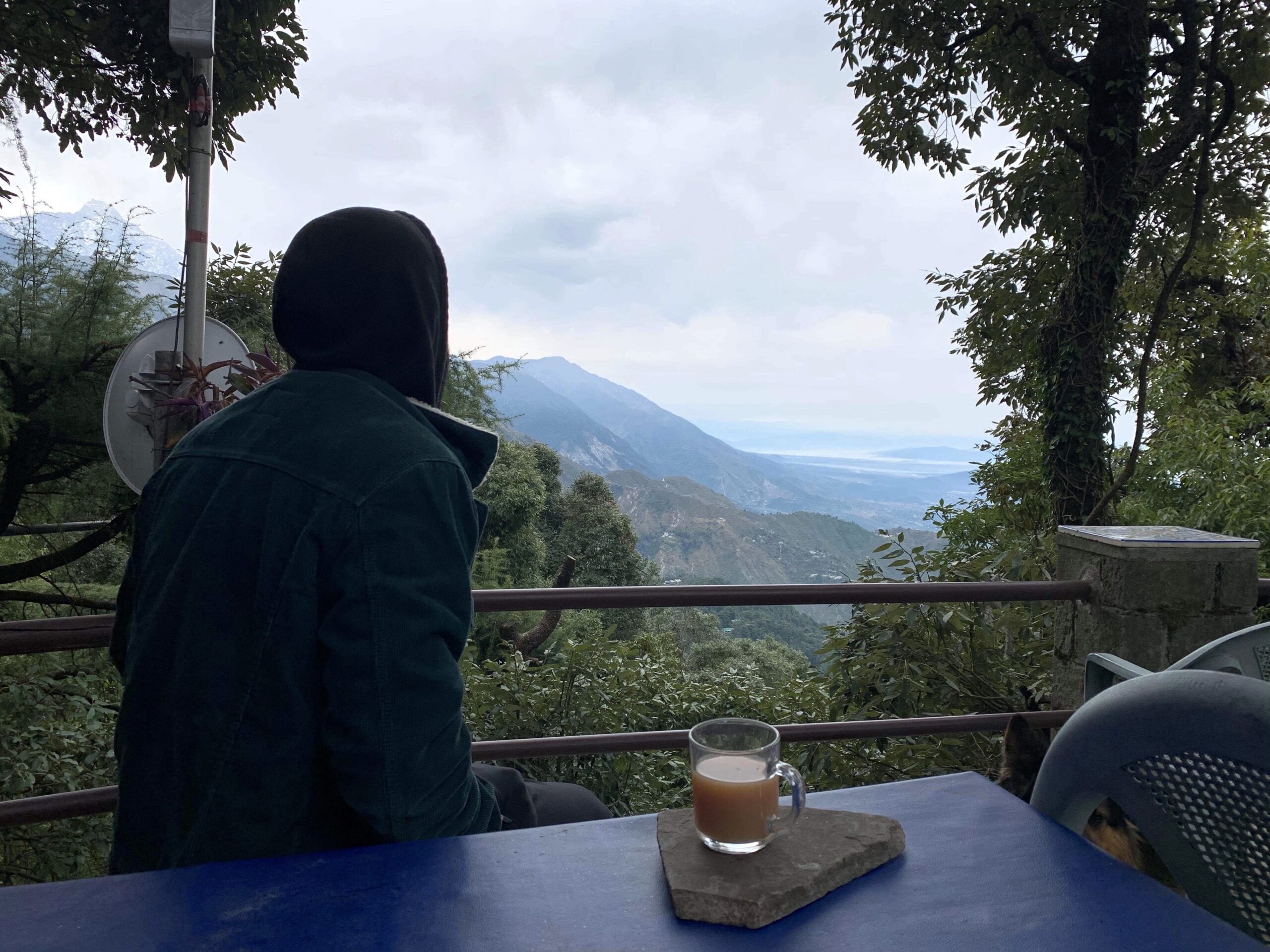 Before leaving Colorado, I had been introduced to a grant writing organisation that works with NGOs to apply for funding from foundations to support their programmes. I was hired as a contractor to write a one-time application on behalf of a local NGO that supports LGBTQ+ youth.
Before leaving Colorado, I had been introduced to a grant writing organisation that works with NGOs to apply for funding from foundations to support their programmes. I was hired as a contractor to write a one-time application on behalf of a local NGO that supports LGBTQ+ youth.
One grant led to another, and before long I was making enough money to cover my portion of our travels. For the most part, we travelled cheaply at under £10 a day each, eating street food, staying in hostels, and using public transport.
One requirement of the digital nomad is a transferable skillset. While I am an experienced writer, and have a good understanding of NGOs and grant fundraising, my partner’s experience is in working directly with children.
It can be simple enough to apply writing skills to a range of remote jobs, but not so easy when you work with people, so my partner relied on their savings during our travels.
Though we needed to make our budget last, taking buses and eating at roadside dhabas was a way of life that we would have opted for even if money had not been a constraint. The way I see it, “why not do as the locals do?”.

We travelled light and avoided too much planning, exploring our options a day or two in advance, while following the advice of locals and fellow travellers. Weighing under 10kg, my 35-litre backpack carried clothes, emergency medication, a sleeping bag liner, one pair of trainers, and crucially in the tropics, mosquito repellent.
Other than an iPhone and portable charger, my only tech was a second-hand Samsung Chromebook that I acquired for US$50. It was lightweight, and I figured it wouldn’t snap when I used my backpack as a beanbag.
We spent more than three months in India, travelling mostly overland. For me, the flexibility of working freelance from remote destinations is well worth it. As long as I met my deadlines, my time was my own.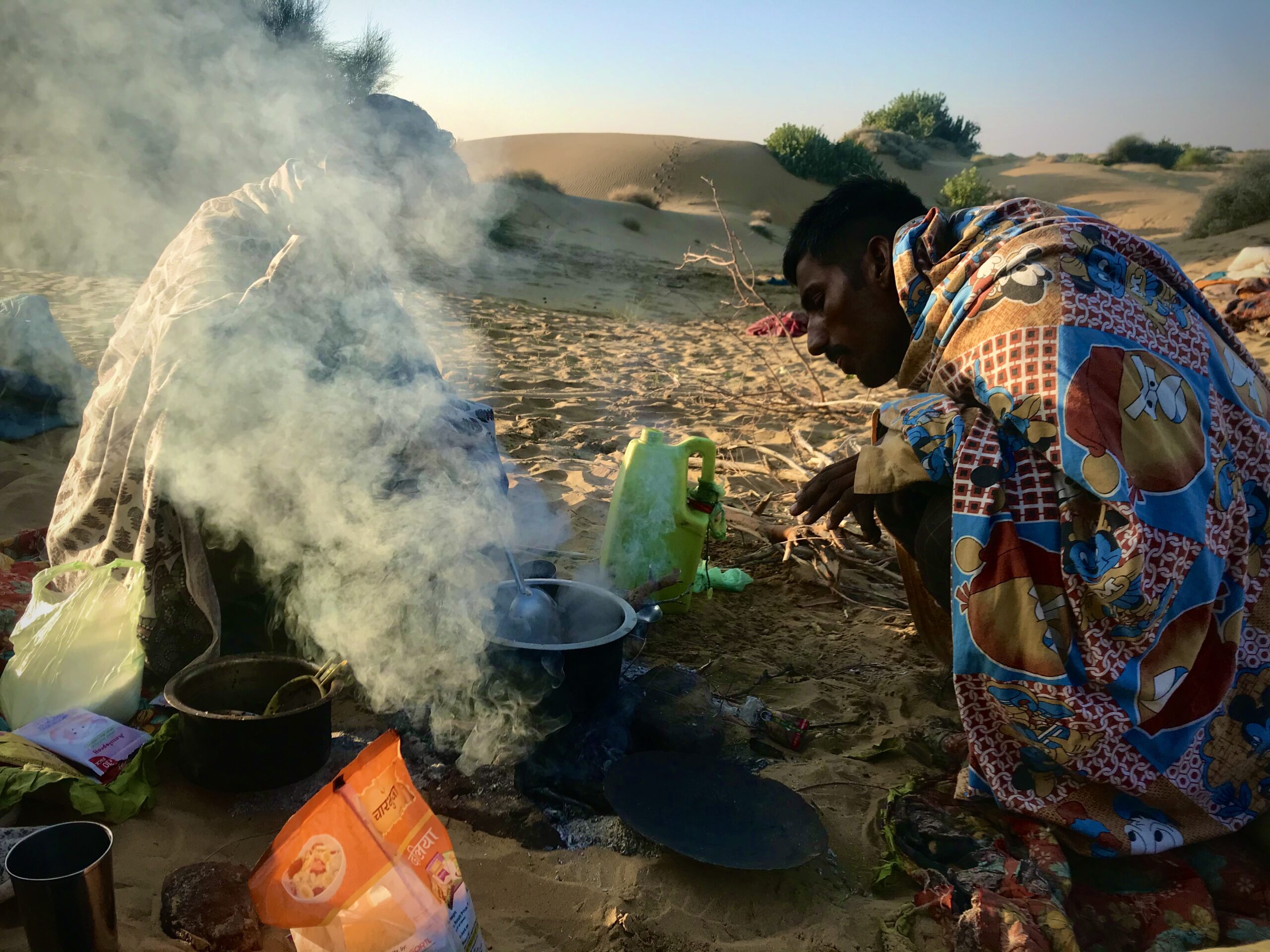 I was able to pack away my laptop for a full week while trekking with camels through the Thar Desert, close to the Pakistan border. Every night, we camped under the stars, learned how to make chapati and traded stories with our guides.
I was able to pack away my laptop for a full week while trekking with camels through the Thar Desert, close to the Pakistan border. Every night, we camped under the stars, learned how to make chapati and traded stories with our guides.
Time management across time zones, however, can be a challenge. Digital nomads have to prove to employers that they are reliable, responsive and available, despite the fact that they might be on the other side of the world.
Communication and planning are key. While I was in Asia, I was typically 12 hours ahead of Colorado, and so had a limited window of overlap to email with my boss during the day, before having to wait overnight for her response.
While I enjoyed travelling between cities relatively often, many digital nomads prefer to choose one place, and stay there. While travel is still fairly limited, and moving from place to place frequently is not safe or ethical, this stability is increasingly tempting.
Several counties, including Estonia, Barbados and Bermuda, have recently announced new visas for digital nomads in an effort to attract new temporary residents who bring hefty overseas wages.
In the US, Global Workforce Analytics predicts that up to 56 per cent of the workforce could work remotely. Employers are divided on the question of productivity, with some that want staff visible in the office. But as coronavirus cases surge around the world, and offices remain closed worldwide, employees are considering alternative destinations to live and work.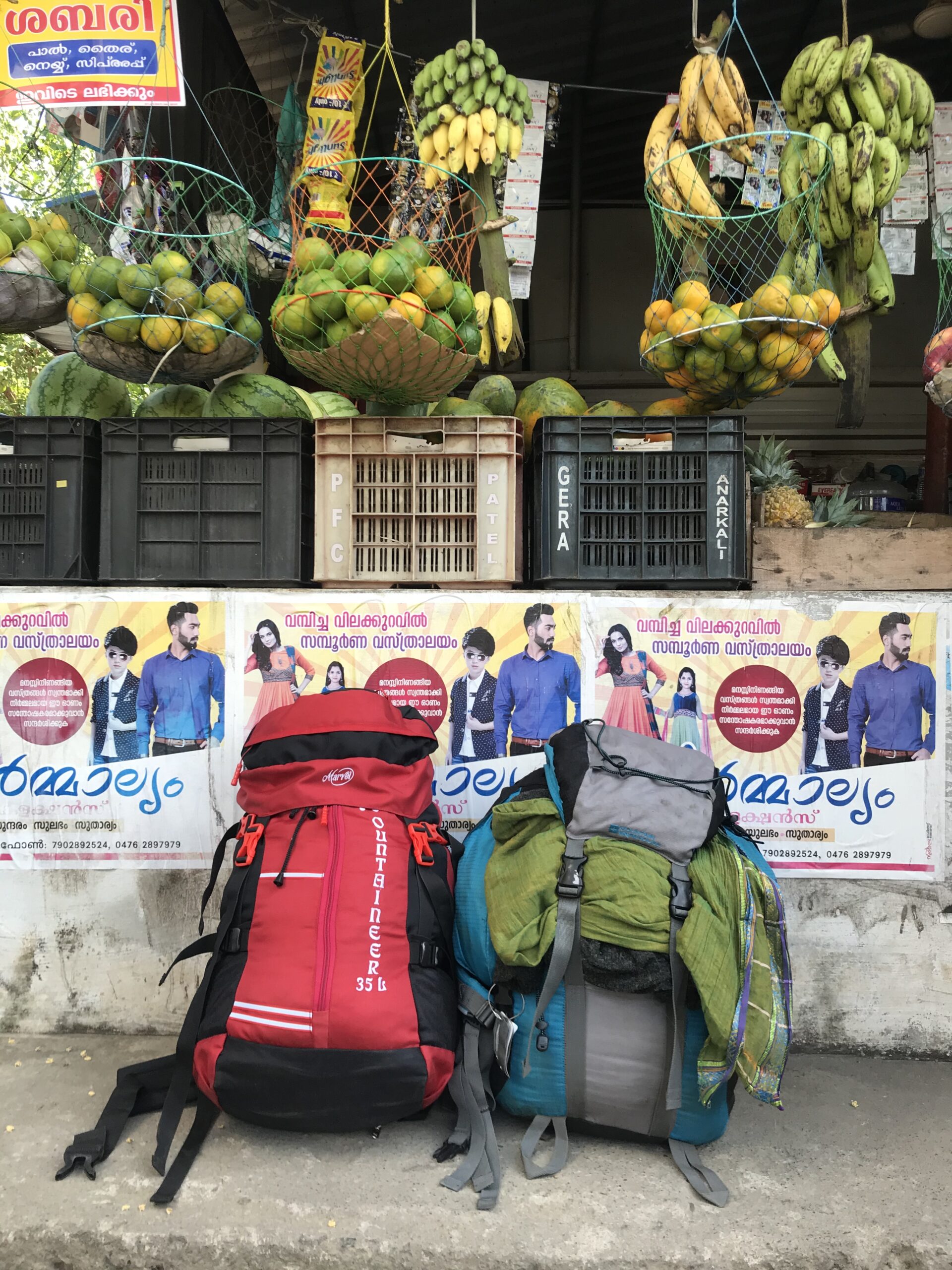 Co-founder, chairman, and CEO of rental platform NomadX David Nicol Williams predicts a tenfold increase in digital nomads over the next two to three years, in part due to the pandemic. For many, the golden sands of Barbados will most certainly be more appealing.
Co-founder, chairman, and CEO of rental platform NomadX David Nicol Williams predicts a tenfold increase in digital nomads over the next two to three years, in part due to the pandemic. For many, the golden sands of Barbados will most certainly be more appealing.
Speaking at the Plug and Play Tech Centre conference in May, Airbnb advisor Chip Conley said that employees might be more inclined towards nomadic lifestyles. “No, I don’t have to live in the place that I’ve always lived, because I can work remotely,” was one volunteered viewpoint. “I can travel and work from some other place, and therefore I can actually be a little bit more footloose and untethered in terms of where I want to live.”
After India, my travels took me to Sri Lanka and Taiwan. We were offered the chance to join a catamaran looking for crew, and sailed on “Angel Wing” from Langkawi, Malaysia, 300-miles across the Straits of Malacca to Indonesia. For three nights, we slept in shifts and kept watch to avoid colliding with 300-metre long container ships, lit up like Christmas trees in the water.
By the time we arrived in mid-March, the world had changed. Countries had started closing their borders, and towns had stopped welcoming outside visitors, fearing they might carry the virus. One night, anchored offshore a small fishing village, we were woken by a boat of men shouting, saying that we needed to leave immediately. We packed up our things next morning.
The fear was justified. In Indonesia, there is one doctor for 6,000 people, one tenth of what the World Health Organisation recommends. In the end, the government organised for a group of boats to be given interminable “sanctuary” on a small uninhabited island. There would be no mobile or internet service, meaning no way to work, or reach the outside world. For my partner and I, this was the end of the road. We decided to return to the US, heading for upstate New York, where my partner’s father said we could stay in a cabin on his farm for the summer. I was able to keep working, and have used the extra free time to expand my client base, and even treated myself to the spoils of a new laptop.
For my partner and I, this was the end of the road. We decided to return to the US, heading for upstate New York, where my partner’s father said we could stay in a cabin on his farm for the summer. I was able to keep working, and have used the extra free time to expand my client base, and even treated myself to the spoils of a new laptop.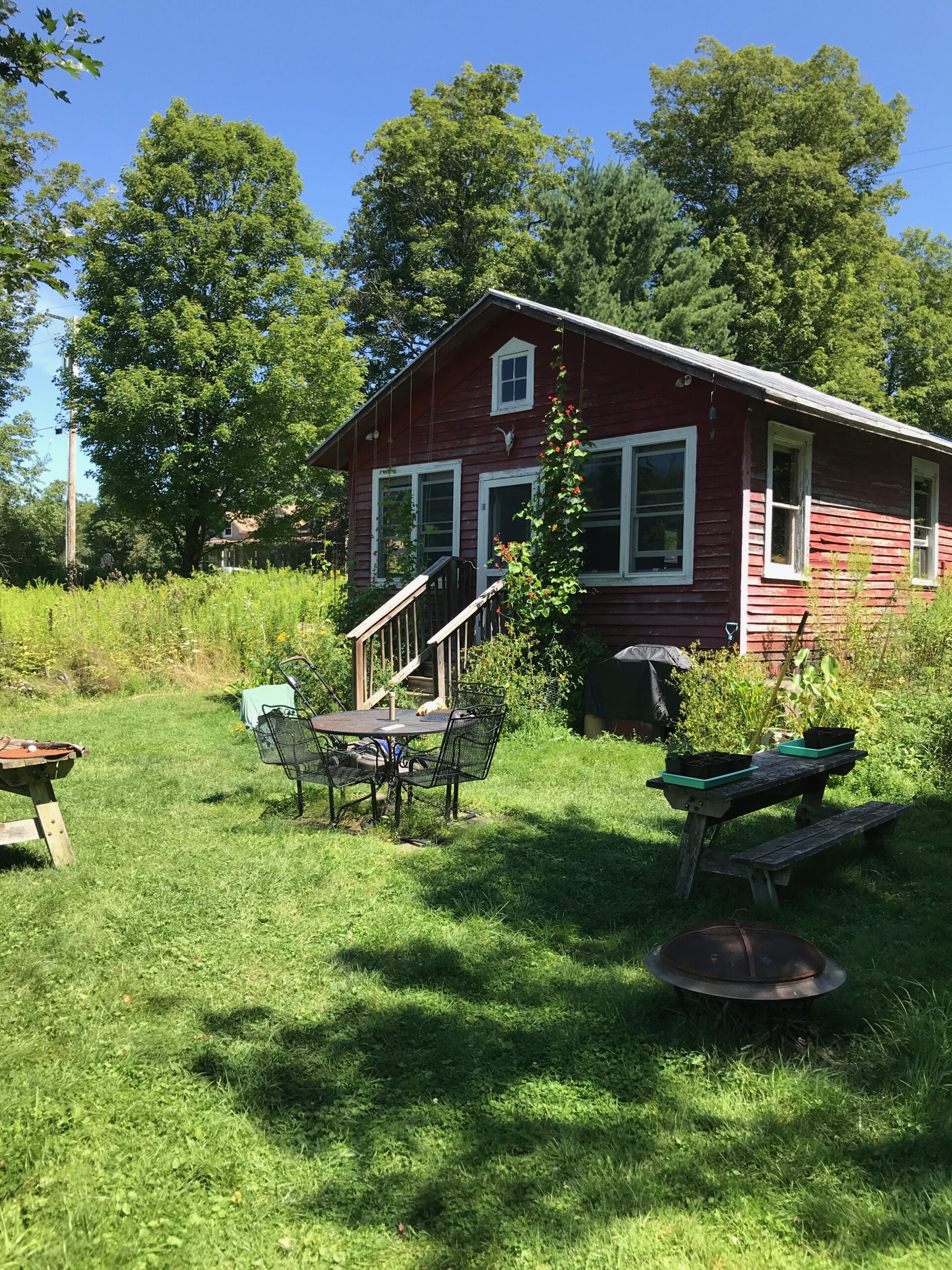 Our new home is rudimentary, with electricity and wifi, but no running water, so we collect rainwater for dishes, draw drinking water from a neighbour’s well, and even have an outhouse compost toilet. Though I miss waking up in a new place every few days, it has been a joy to cultivate a garden and foster a dog – all impossible investments while on the road.
Our new home is rudimentary, with electricity and wifi, but no running water, so we collect rainwater for dishes, draw drinking water from a neighbour’s well, and even have an outhouse compost toilet. Though I miss waking up in a new place every few days, it has been a joy to cultivate a garden and foster a dog – all impossible investments while on the road.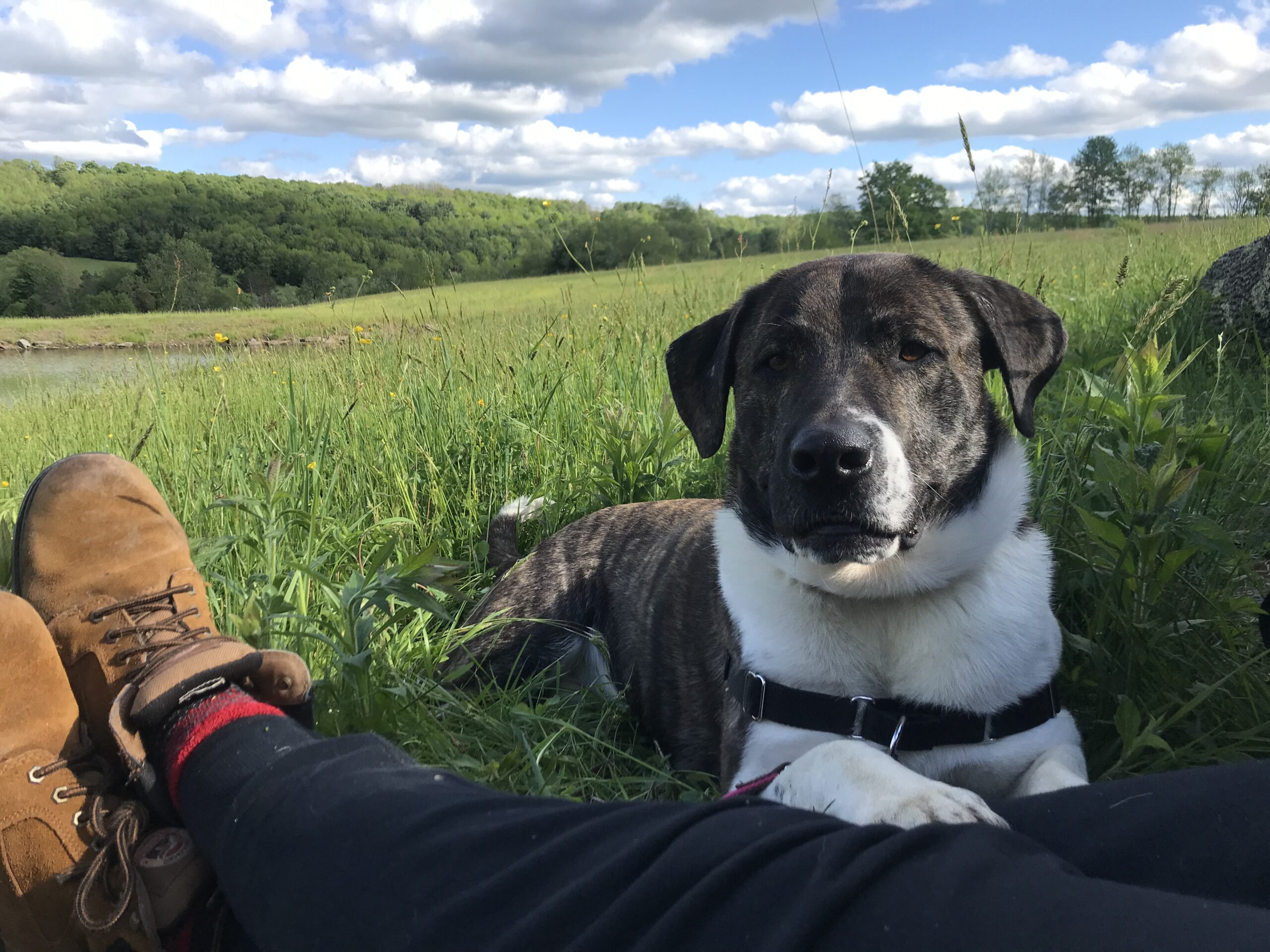 Looking ahead, I now know that I can make money wherever I choose to live. We are considering work-away options in a number of countries, exchanging food and lodging for part-time labour on farms and construction projects.
Looking ahead, I now know that I can make money wherever I choose to live. We are considering work-away options in a number of countries, exchanging food and lodging for part-time labour on farms and construction projects.
We haven’t confirmed a location yet, but are keen on the Caribbean for its climate, and will continue to monitor the Covid-19 situation from a safety standpoint over the coming months. As a digital nomad, the opportunities are endless, but I know I’ll leave New York before the first snow falls.



